A walk through the cemetery of the city of Ibiza in ancient times
PERMANENT EXHIBITION
5 rooms, hundreds of pieces, thousands of stories
Puig des Molins Monographic Museum permanent exhibition is an immersion in the site’s history through a set of pieces carefully selected from the archaeological collection. Visiting the five exhibition rooms, either before or after doing the necropolis tour, takes you back in time so you can learn about the societies that populated the island of Ibiza in ancient times. All of this from a certain perspective that, at first, may arouse some objections since we will address the subject of death directly.
You will be visiting a museum based on death, with an exhibit programme that deals with the different ways people understand and face this journey that no one else can do for us. Our sole intention is to present some especially selected objects so you can link this universe of beliefs, rituals and funerary behaviours from people in Ancient times to something tangible. We are not always able to fully understand the meaning of some of these objects which, without a doubt, reflect that our mentalities are not too far apart from one another despite the time gap.
Rooms
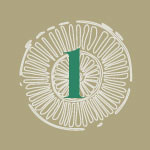
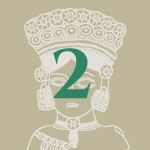
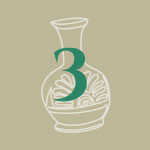
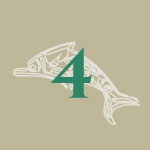
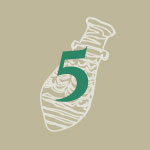
Recent Posts
- Se presentan los vídeos del X Congreso Internacional de Estudios Fenicios y Púnicos (Ibiza, 17-21/10/2022)
- REOPENING 02/06/2020
- Un coloquio internacional analiza en Ibiza la muerte en el mundo fenicio-púnico. 26/11/2019
- El MAEF inicia el proceso de restauración de las espadas recuperadas en Es Caló, Formentera. 04/10/2019
- Video “The necropolis of Puig des Molins in Ibiza: 20 years of World Heritage”
News & Activities
- Se presentan los vídeos del X Congreso Internacional de Estudios Fenicios y Púnicos (Ibiza, 17-21/10/2022)
- REOPENING 02/06/2020
- Un coloquio internacional analiza en Ibiza la muerte en el mundo fenicio-púnico. 26/11/2019
- El MAEF inicia el proceso de restauración de las espadas recuperadas en Es Caló, Formentera. 04/10/2019
- Video “The necropolis of Puig des Molins in Ibiza: 20 years of World Heritage”

